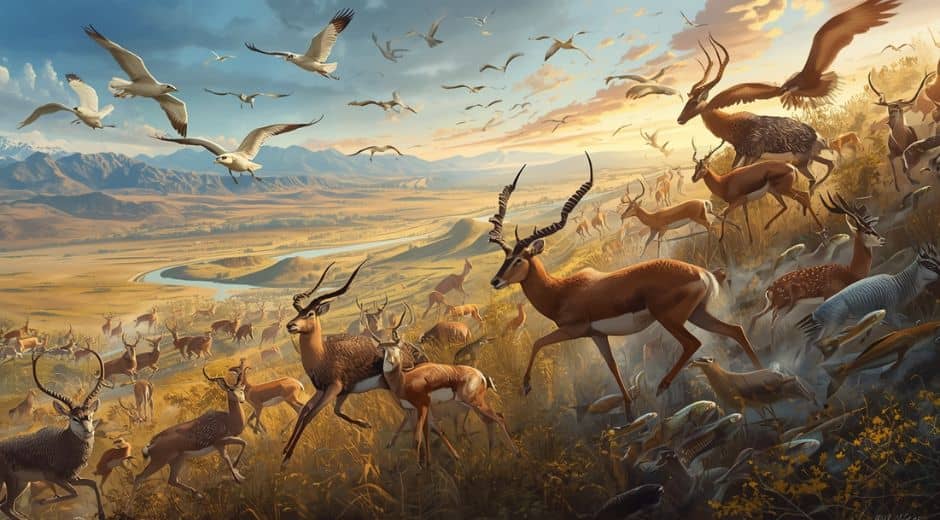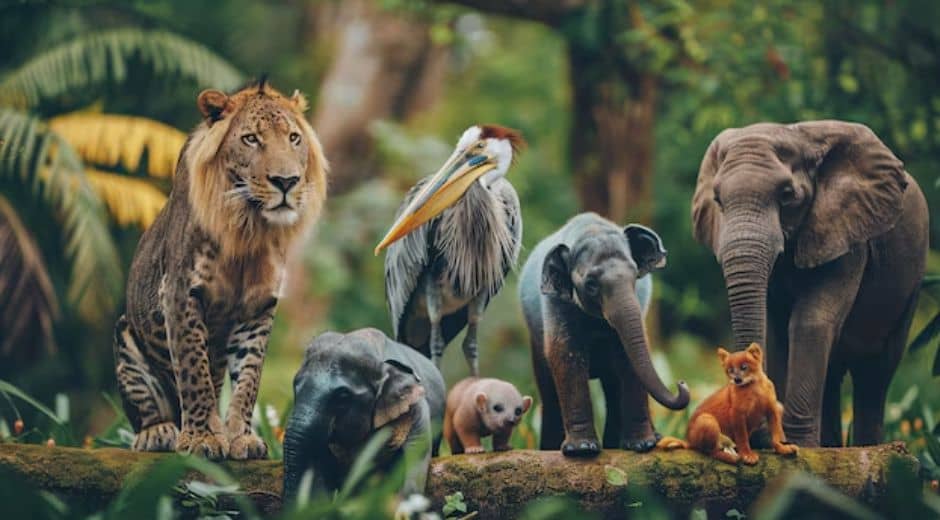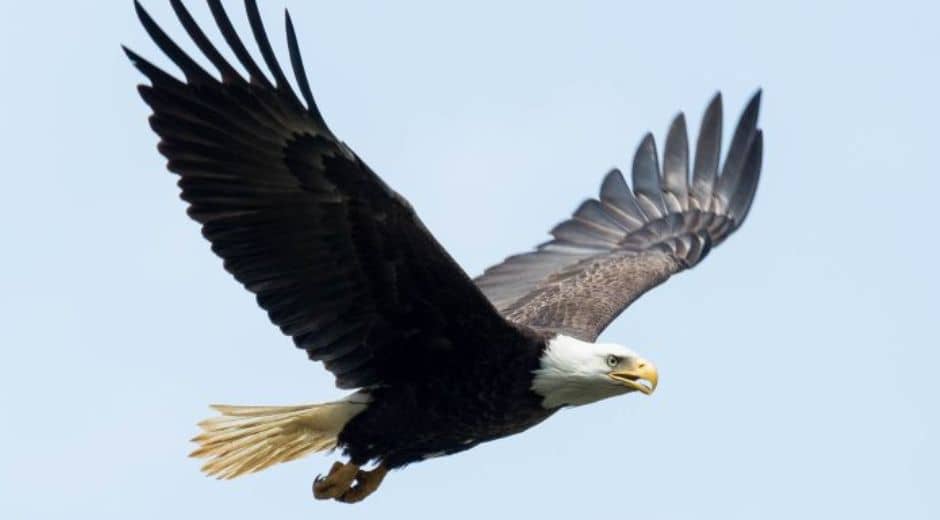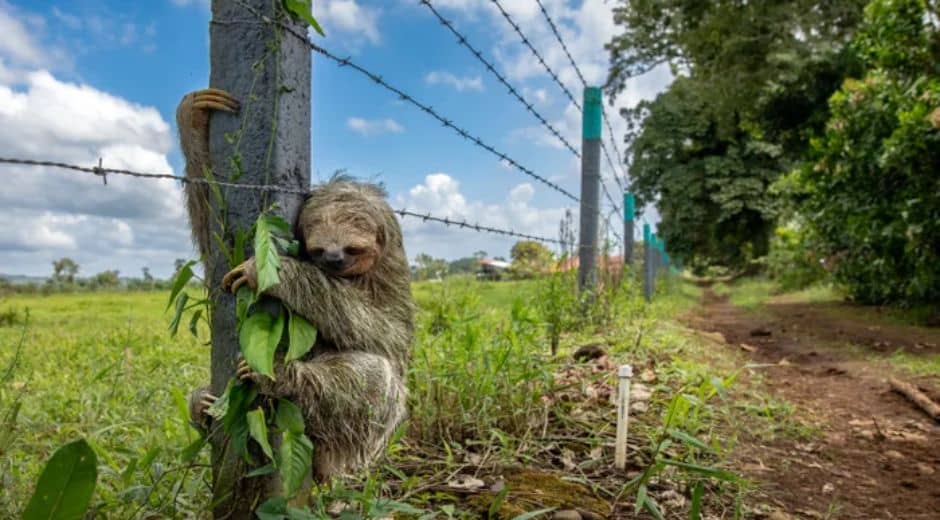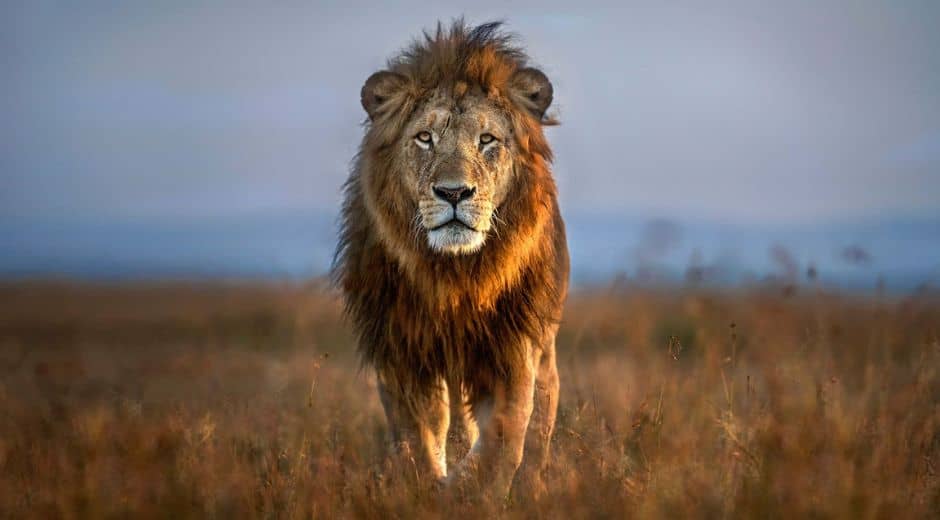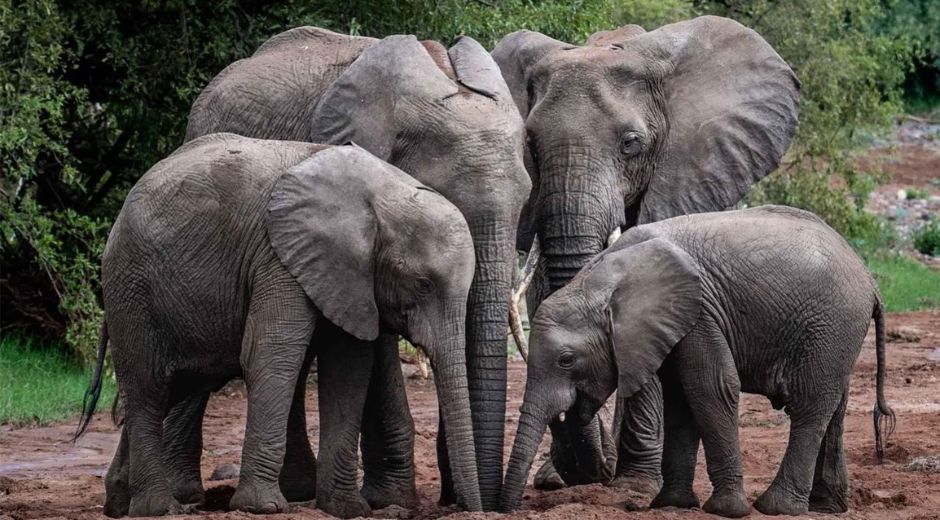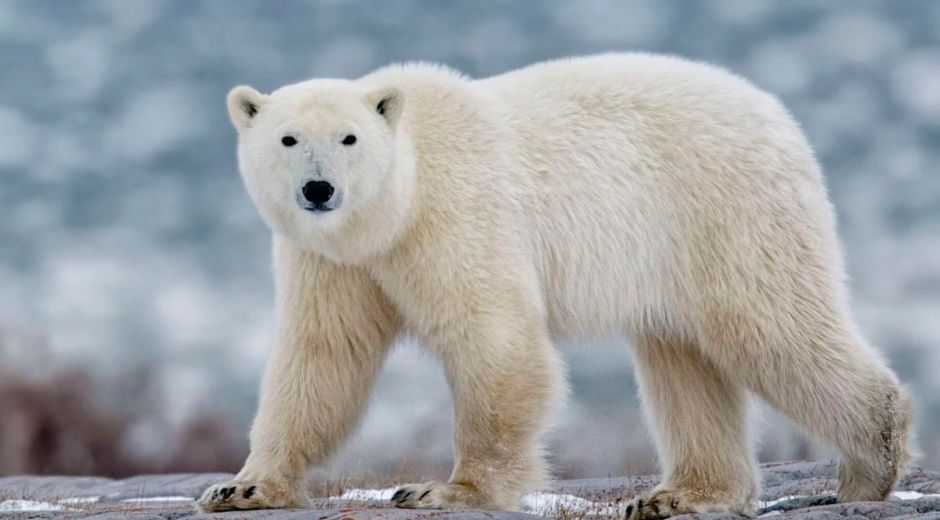Migration: The Great Journeys That Shape Wildlife Survival
Around the world, countless species undertake extraordinary journeys that allow them to survive in changing seasons, shifting climates, and unpredictable environments. These long-distance movements, known as Migration, represent some of nature’s most impressive displays of endurance, memory, and instinct. From tiny insects crossing oceans to massive mammals navigating harsh terrains, animals move with purpose, direction, and remarkable consistency.
Understanding Migration opens a window into the interconnectedness of ecosystems, revealing how animals depend on landscapes, water cycles, and climate patterns to complete their journeys. These movements maintain ecological balance, support food chains, and influence life across entire continents.
The Natural Purpose Behind Migration
Animals embark on Migration for a variety of reasons, but the most common motivations include finding food, escaping harsh weather, reaching breeding grounds, or seeking safer habitats. Seasonal changes often drive these movements. Birds leave colder regions as winter approaches, whales travel to warmer waters to give birth, and wildebeests cross the African savannah in search of fresh grass.
This behavior is not random. It is a deeply rooted survival strategy shaped over thousands of years. Species adapt their routes, timing, and endurance to match environmental rhythms. When those rhythms shift due to climate change or habitat loss, migration patterns begin to change as well.
Species Known for Their Remarkable Journeys
Some animals are particularly famous for their long-distance travels. Monarch butterflies cross entire countries, guided by internal biological clocks and environmental cues. Humpback whales swim thousands of kilometers between polar feeding zones and tropical breeding grounds.
Birds dominate the world of migrating species. The Arctic tern, for example, makes the longest recorded journey of any animal, traveling from the Arctic all the way to the Antarctic and back each year. This global circuit ensures access to constant daylight and food sources.
Each migrating species shapes its ecosystem uniquely. When millions of animals move together, they redistribute nutrients across regions, create new habitats through grazing or burrowing, and influence predator behavior.
How Animals Navigate Across Vast Distances
One of the most fascinating aspects of Migration is navigation. Animals use several tools to stay on course. Some rely on the Earth’s magnetic field, detecting subtle changes that guide them like a natural compass. Others follow the stars, aligning their movements with night skies and celestial patterns.
Many species use memory to retrace their routes. Elephants, for example, remember watering holes visited decades earlier and lead their herds through generations of knowledge. Salmon use chemical cues in rivers to return to their birthplace after years spent at sea.
Scientists continue to study the mysteries of long-distance navigation, and even today, many aspects remain unknown. Animals often perform feats of precision that challenge human understanding of natural intelligence.
The Ecological Impact of Migration
The movement of animals across landscapes plays a crucial role in maintaining biodiversity. As herds travel, they fertilize soil, spread seeds, and balance vegetation. Predators depend on migrating prey for seasonal food, while scavengers benefit from carcasses along routes.
Large-scale movements also help control disease spread. When animals travel, they avoid overcrowding, reducing the risk of infections that thrive in dense populations.
Disruption of Migration can create ecological imbalances. When routes become blocked by human activities, it can lead to habitat degradation, population decline, and increased competition for limited resources.
Threats Affecting Migration in the Modern World
Human expansion poses the greatest challenge to migrating species. Urbanization, deforestation, fences, highways, and light pollution interrupt routes that animals have used for centuries. Climate change adds further complications, altering temperatures, water availability, and food patterns.
According to National Geographic, rising temperatures cause birds to depart earlier or later than usual, breaking the timing that food cycles depend on. Marine species are forced to swim longer distances as ocean temperatures shift, making journeys more exhausting and dangerous.
When Migration is disrupted, animals may struggle to reach breeding grounds or feeding areas, threatening long-term survival.
Migration and Climate Change
Changing climates influence Migration in complex ways. Some species adapt by shifting their routes or adjusting their timing, but others cannot adapt quickly enough. Arctic animals face melting ice, which eliminates resting points needed during long journeys.
Droughts affect grazing animals whose survival depends on seasonal rains. In ocean ecosystems, warming waters push fish populations into new territories, altering predator-prey relationships and creating conflicts with human fisheries.
Scientists use satellite tracking to monitor migration shifts and predict future changes. This global data helps conservationists protect critical corridors and create strategies that ensure animals can continue their journeys.
Protecting Migration Corridors
Conservation efforts increasingly focus on preserving movement pathways rather than isolated habitats. Migration corridors stretch across countries, oceans, and continents, requiring international cooperation.
Wildlife bridges built over highways help animals cross safely. Marine protected areas safeguard essential routes for whales, turtles, and fish. In Africa, transboundary parks allow herds to travel freely between nations without barriers.
Communities also play an important role. Local residents often join conservation groups to support habitat protection, reduce hunting pressures, and monitor animal movements. These combined efforts help secure safe travel routes for future generations.
The Role of Technology in Migration Research
Modern technology has revolutionized the study of Migration. Researchers now use GPS tracking collars, drones, and satellite imaging to gather precise data on movement patterns.
Advanced mapping tools allow scientists to understand which areas are most essential for feeding, breeding, and resting. With this information, conservationists can focus resources where they matter most.
You can also explore innovative projects connected to environmental solutions through platforms like BusinessForumHub, which highlight global sustainability collaborations.
Examples of Successful Migration Conservation
In many parts of the world, dedicated conservation work has led to renewed migration success. The restoration of wetlands has helped bird populations recover along key flyways. Whale hunting bans allowed humpback populations to grow, restoring some of the world’s most iconic migrations.
Community-driven projects in Mongolia preserve open grasslands needed by gazelles. In Central America, planting native trees helps rebuild routes used by migrating songbirds.
These success stories prove that with the right commitment, entire migration systems can be protected or revived.
The Cultural Importance of Migration
For many cultures, animal journeys hold spiritual, symbolic, and historical significance. Local communities often celebrate the arrival of migrating species, seeing them as signs of seasonal change, renewal, and resilience.
Folklore, festivals, and traditions commonly revolve around the arrival of birds, butterflies, or marine animals. These stories remind people of their connection to the natural world and the importance of preserving it for future generations.
Human identity and nature are deeply connected, and migration stands as one of the most powerful representations of this relationship.
Internal Connection: A Planet Linked by Movement
At BioNatureVista, we explore the delicate systems that keep the natural world thriving. The phenomenon of Migration reveals how life moves in harmony with seasons, landscapes, and climate cycles.
Understanding these journeys encourages respect for the planet’s rhythms and highlights the urgent need to protect habitats from continued threats.
Conclusion: The Endless Journey of Survival
The story of Migration is a story of endurance, instinct, and adaptation. Animals cross mountains, deserts, oceans, and entire continents in their quest to survive and thrive.
As these journeys continue, they maintain ecosystem balance, inspire scientific discovery, and remind humanity of the resilience of life on Earth. Protecting migration routes means protecting the future of species that depend on these movements for survival.
Every journey taken by a bird, fish, butterfly, or mammal contributes to the stability of our world. By supporting conservation and respecting natural pathways, we help ensure that these great journeys never fade from the wild.
More at BioNatureVista.
Nature Inspires Every Step
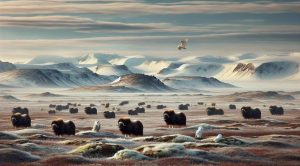
How Tundra Wildlife Survives Extreme Arctic Conditions
How Tundra Wildlife Survives Extreme Arctic Conditions

Life Above the Trees: Exploring the Rainforest Canopy
Life Above the Trees: Exploring the Rainforest Canopy
